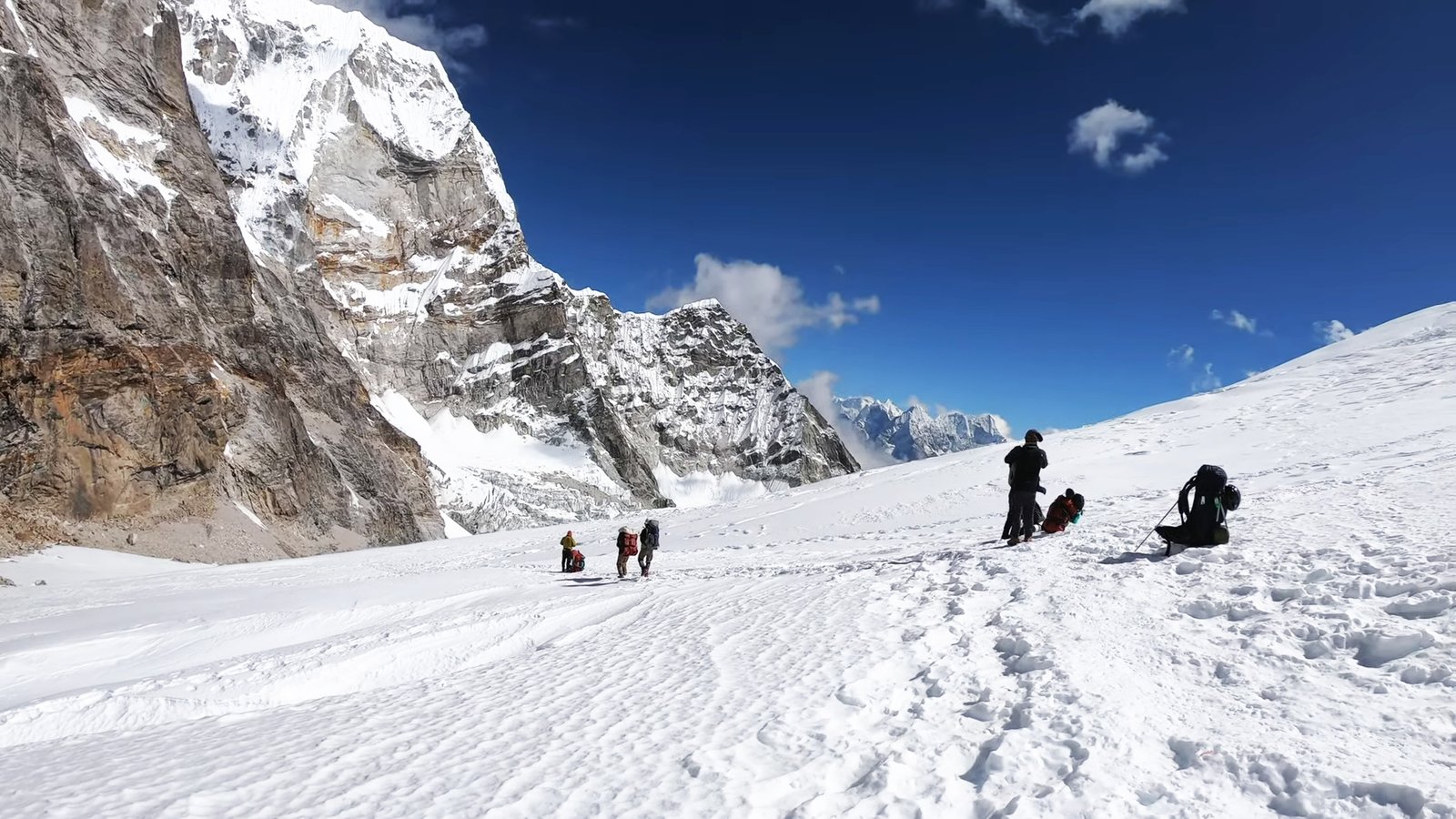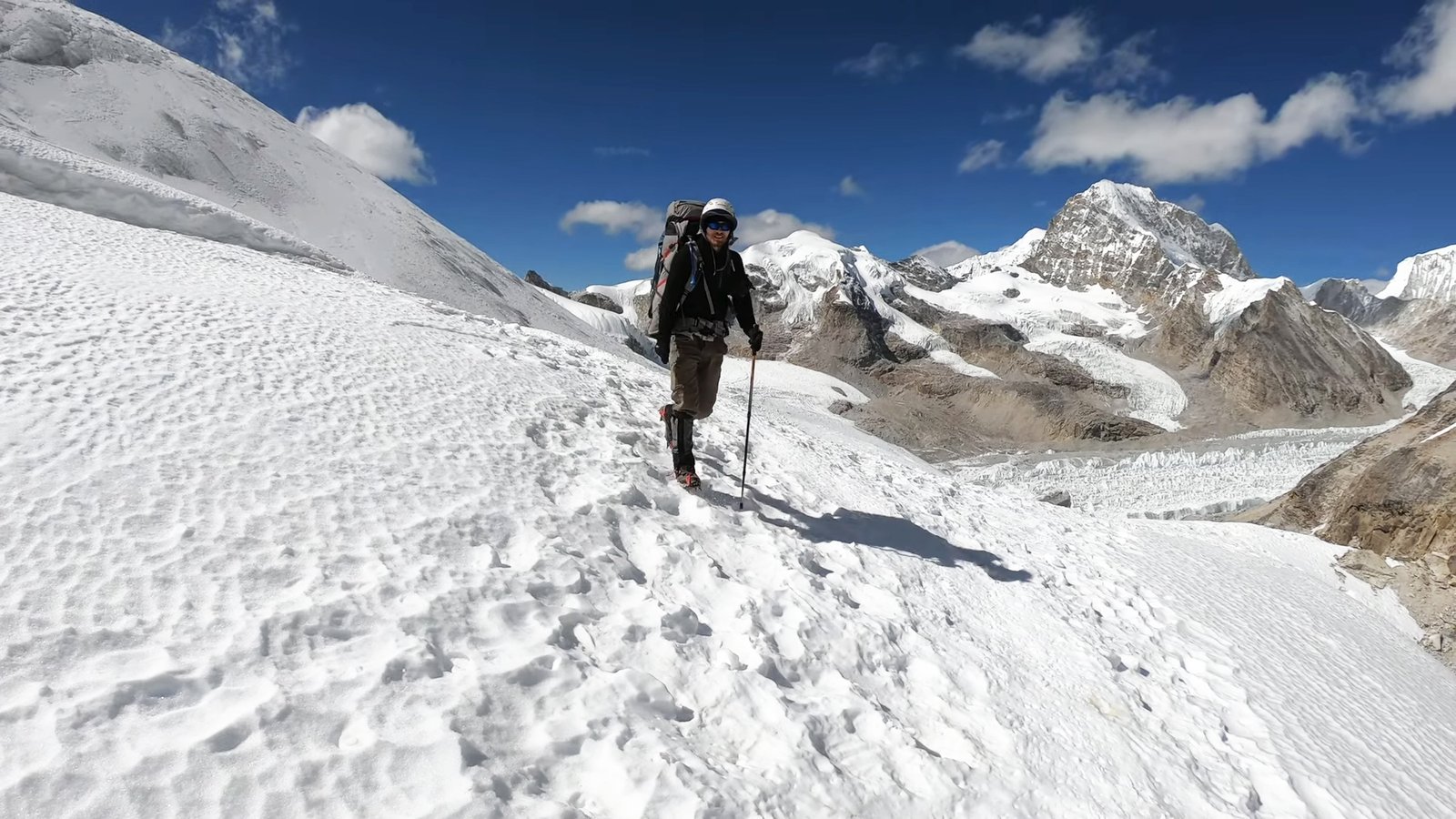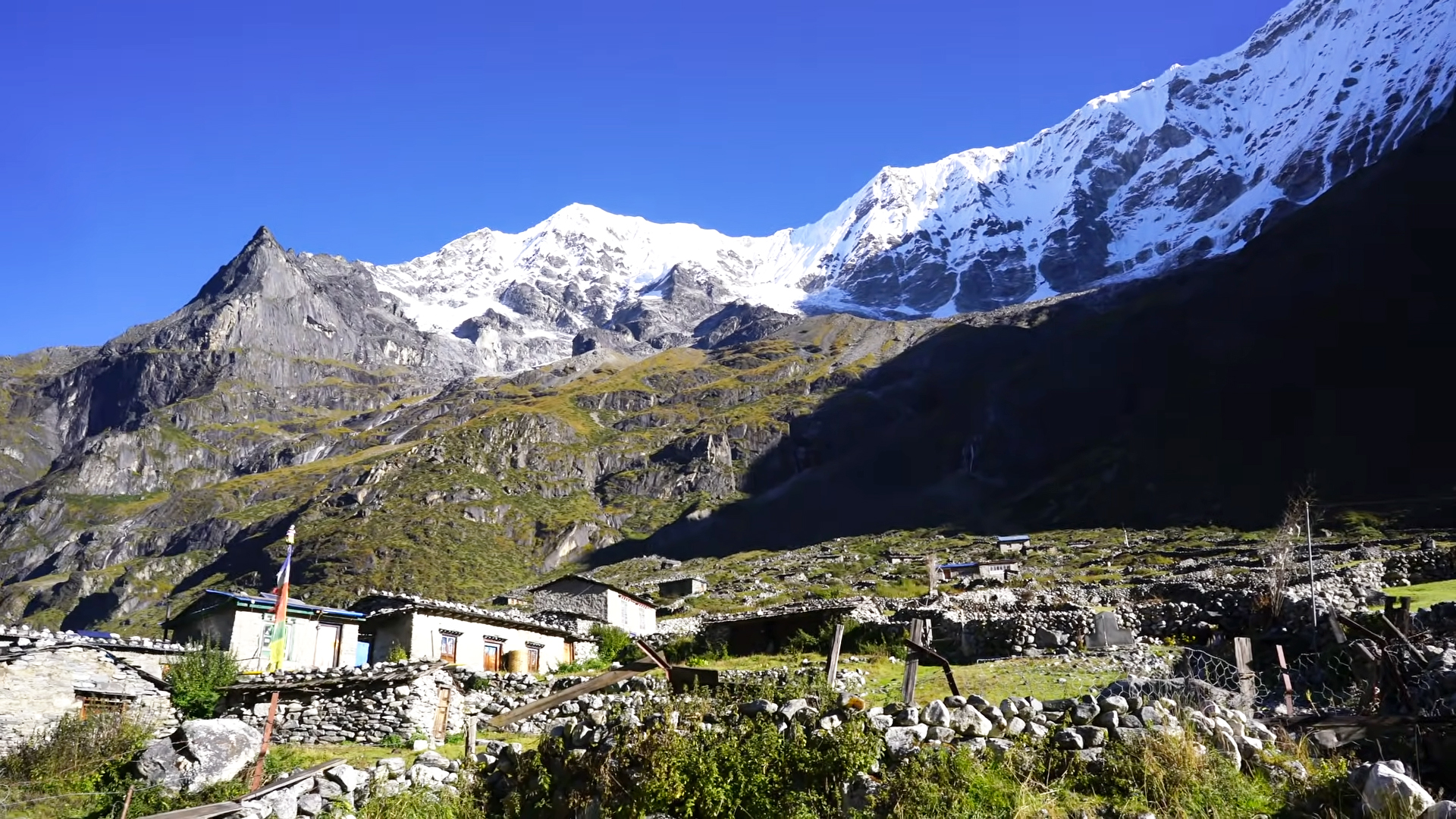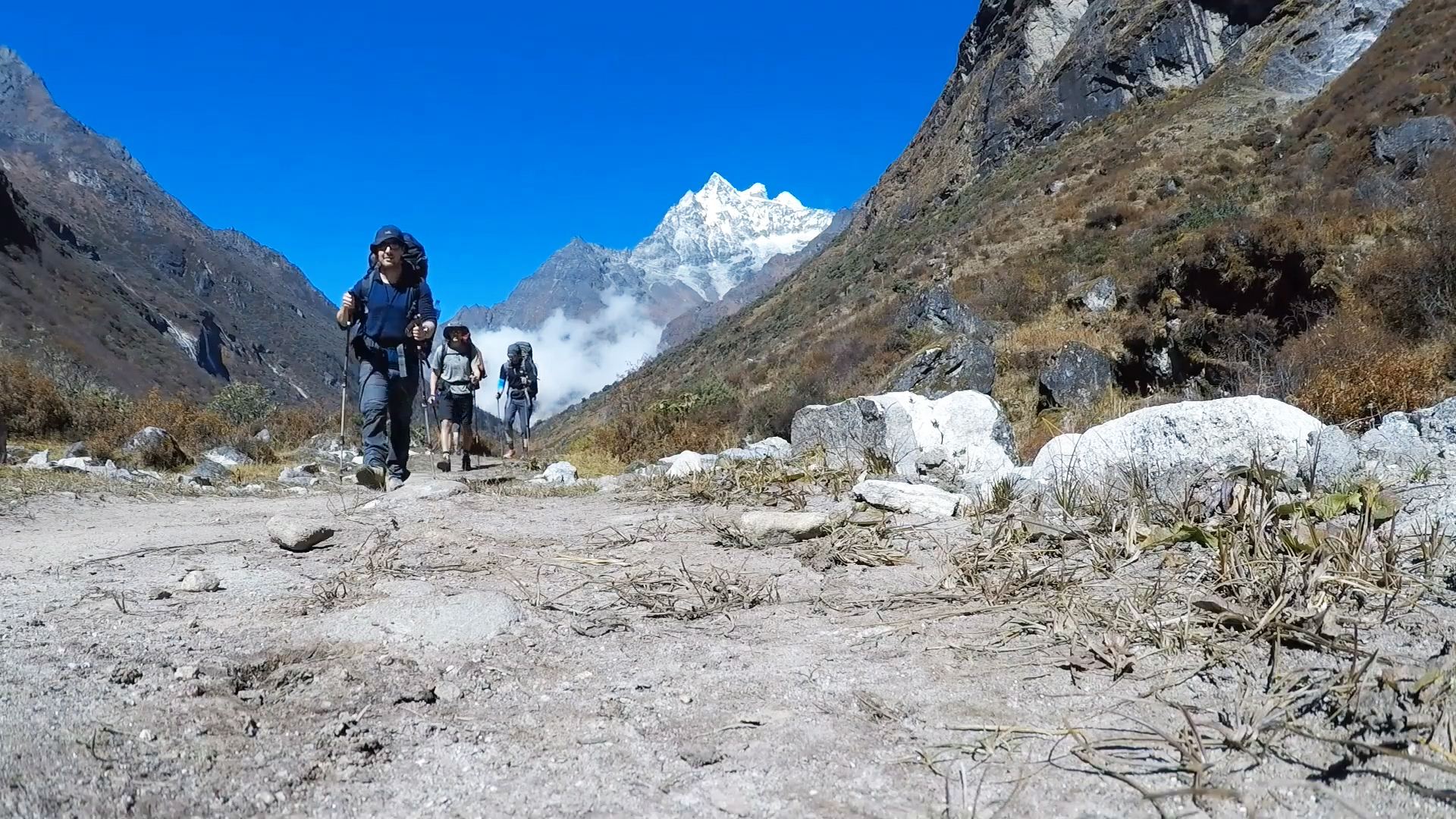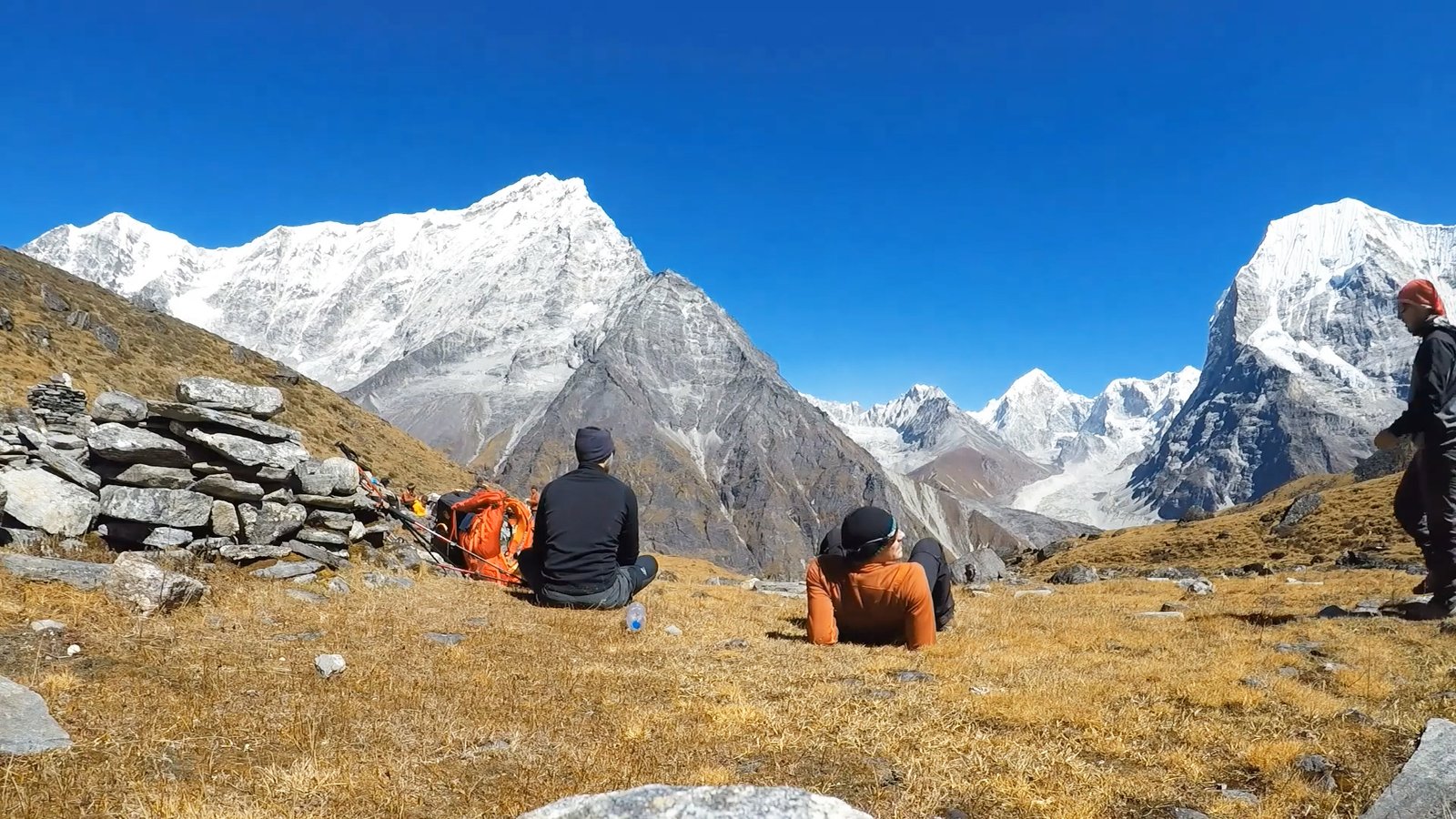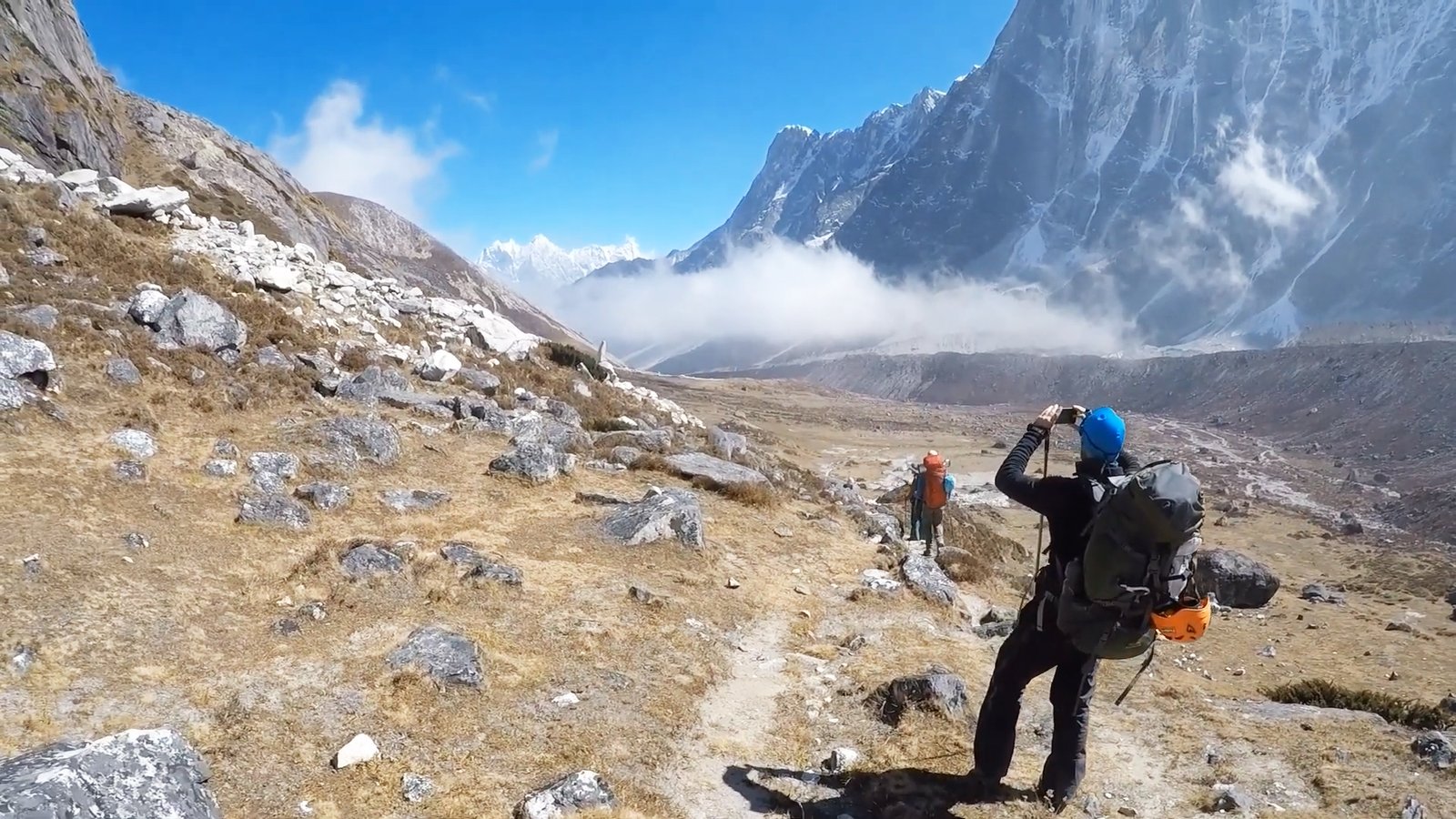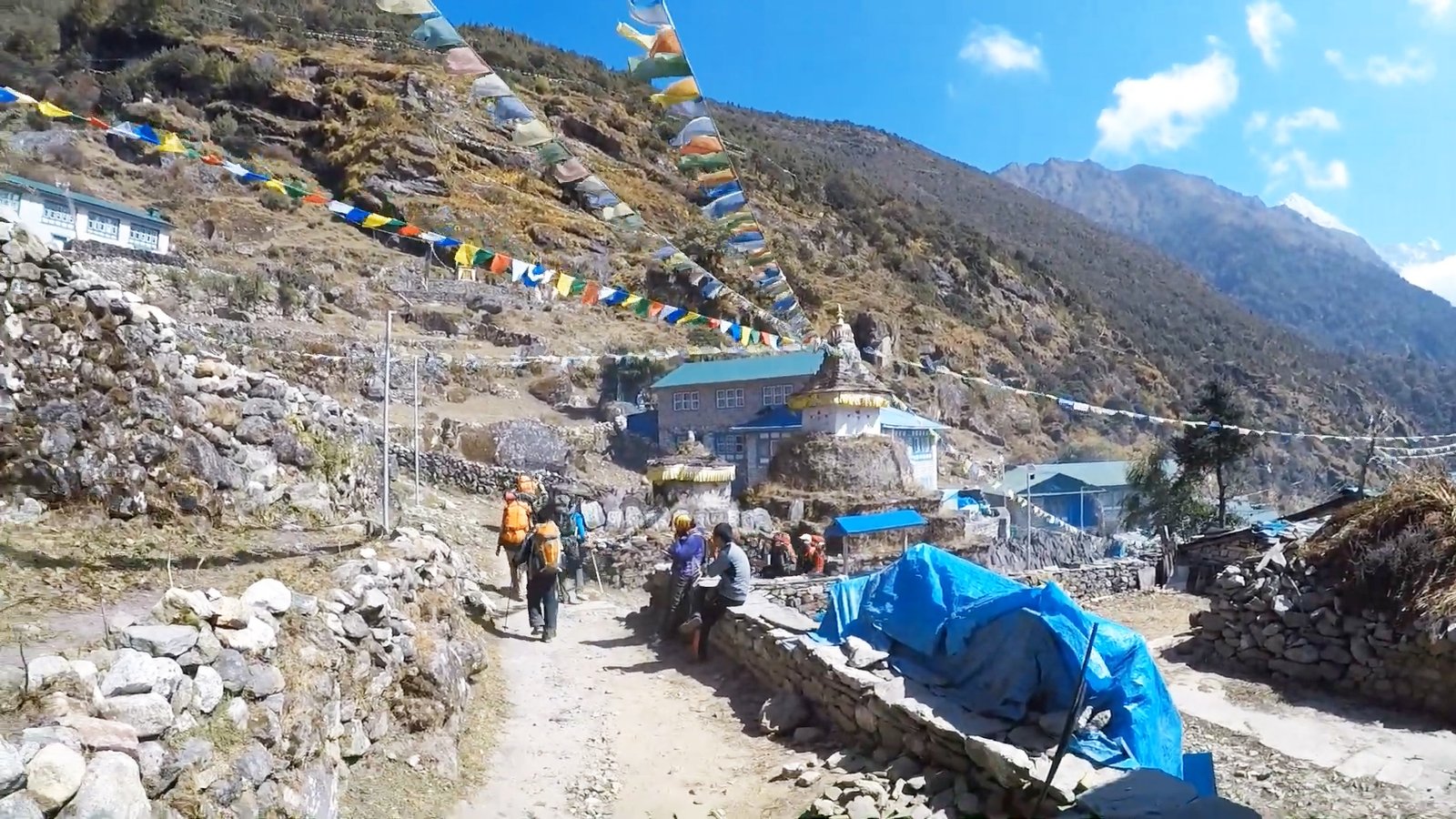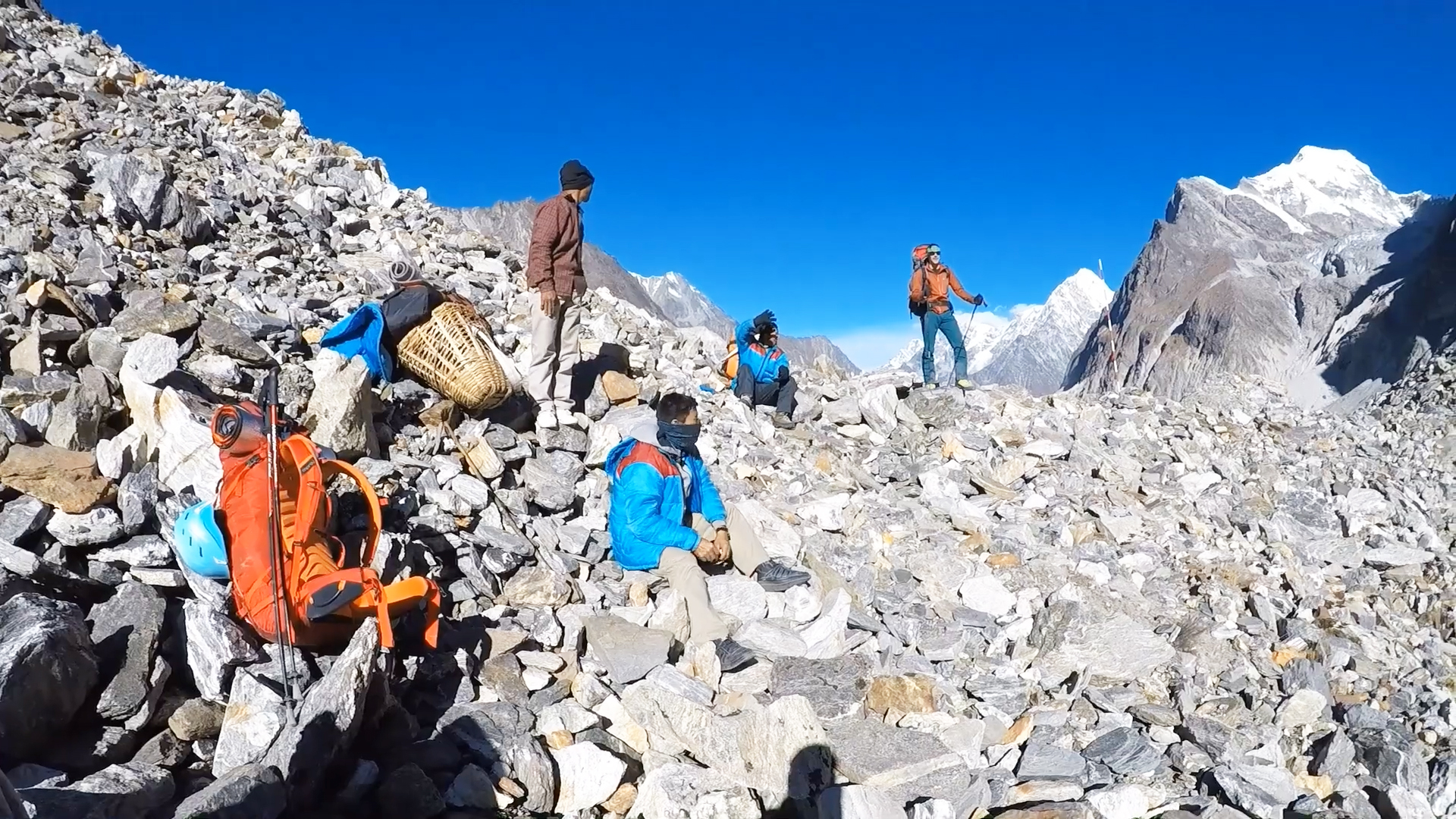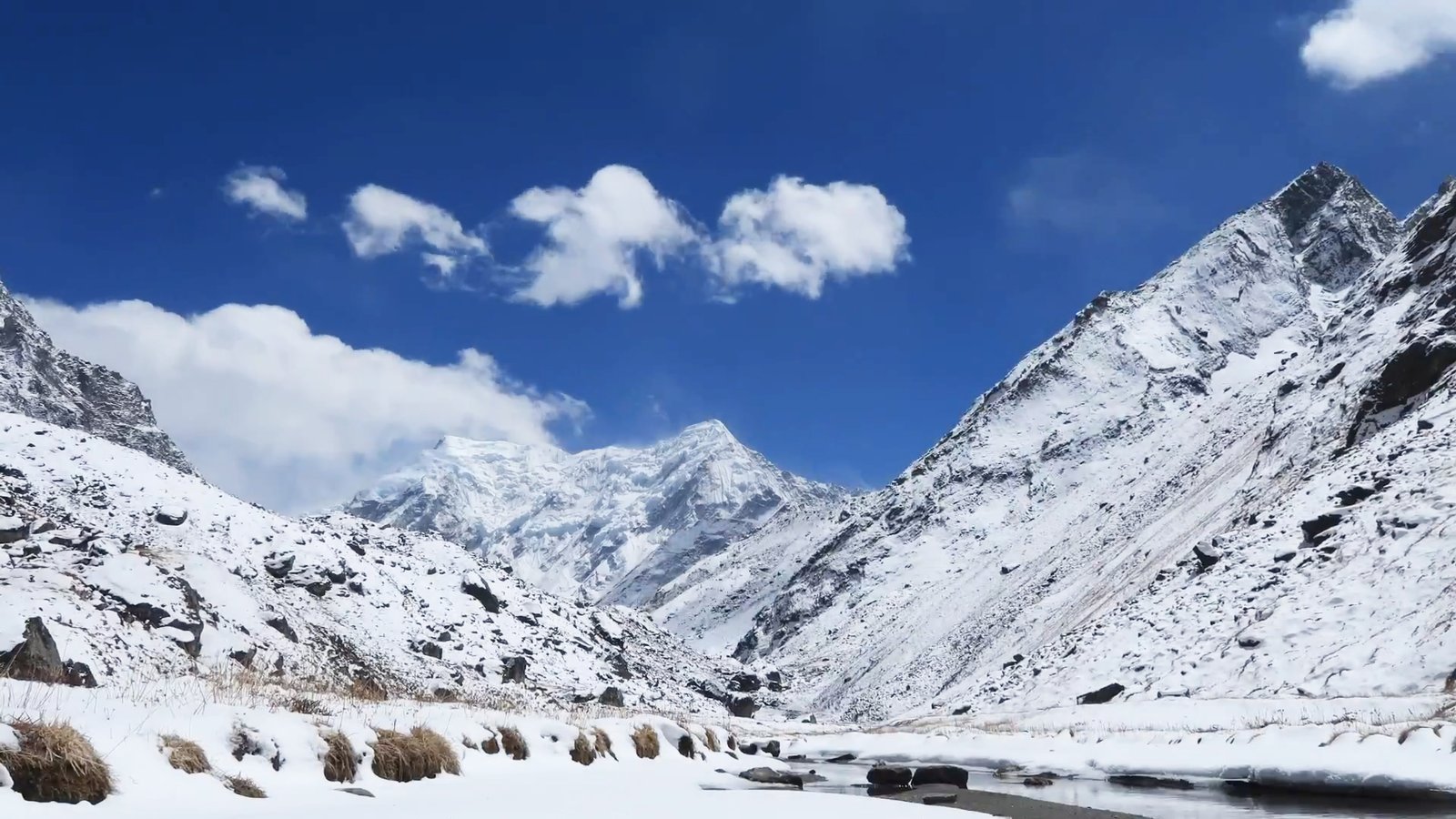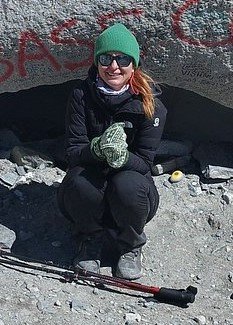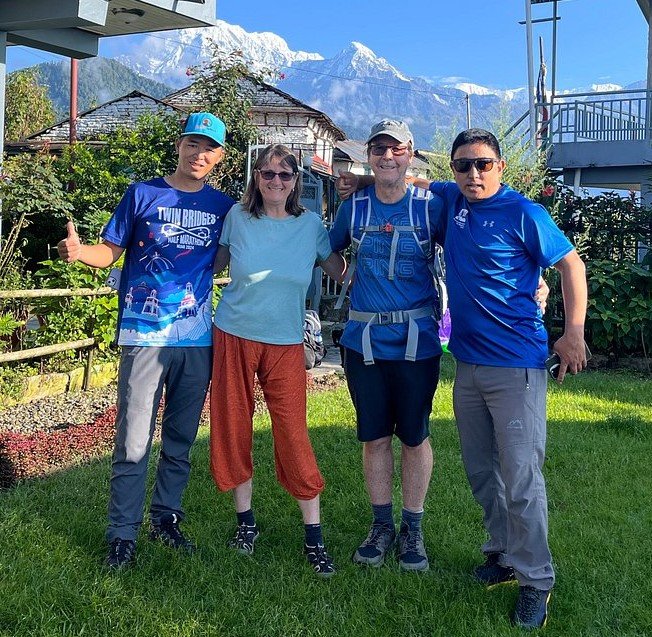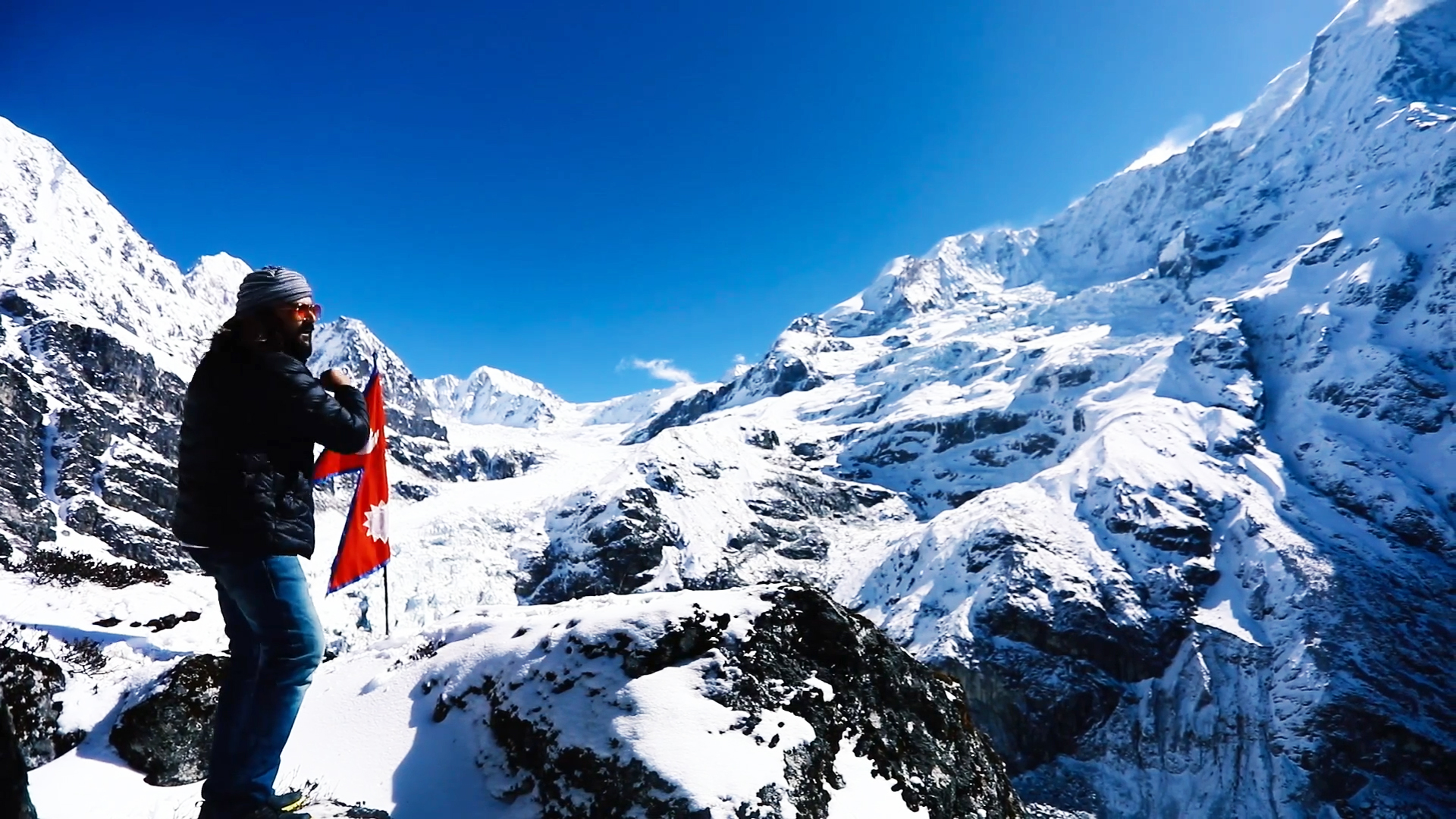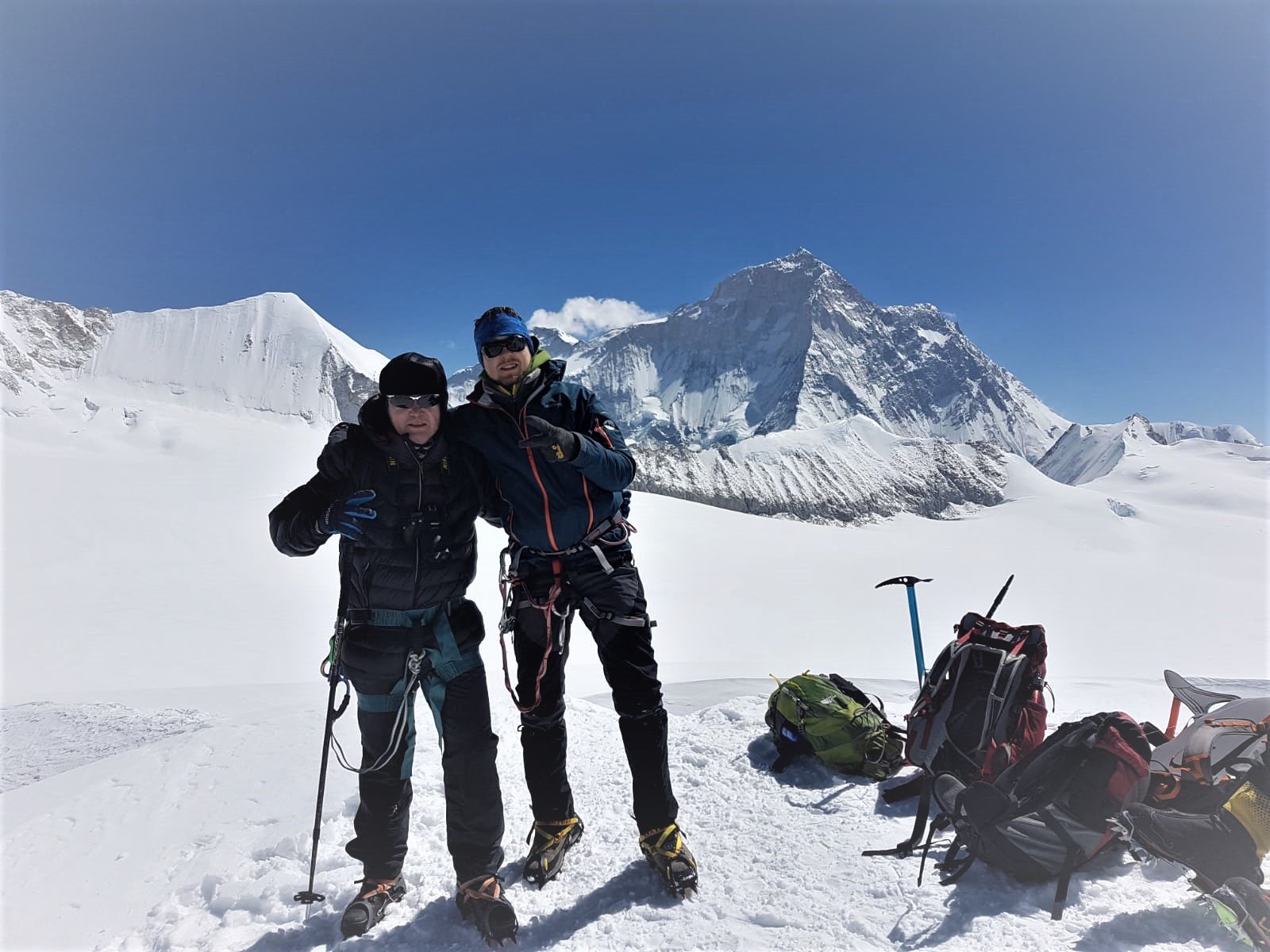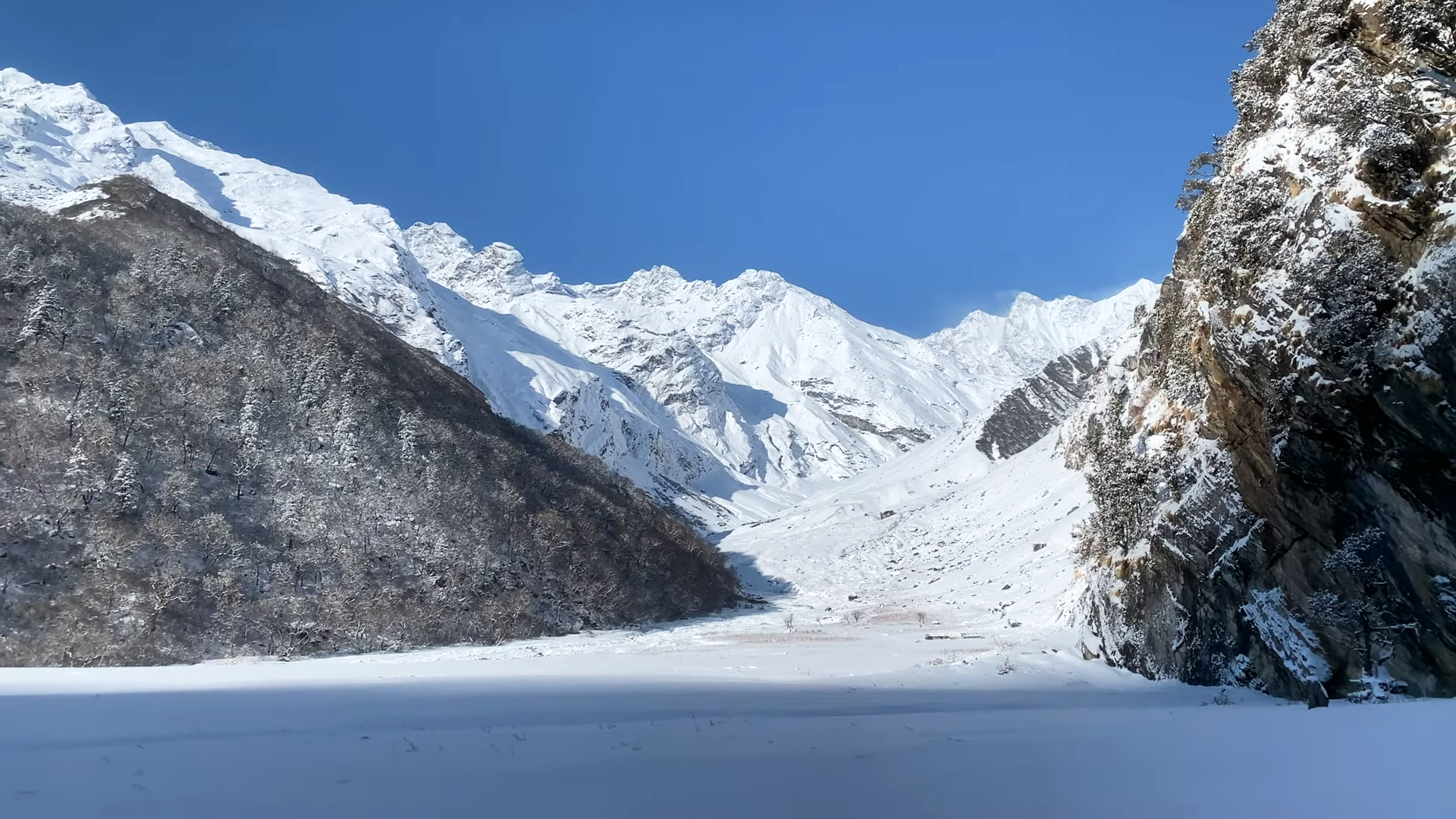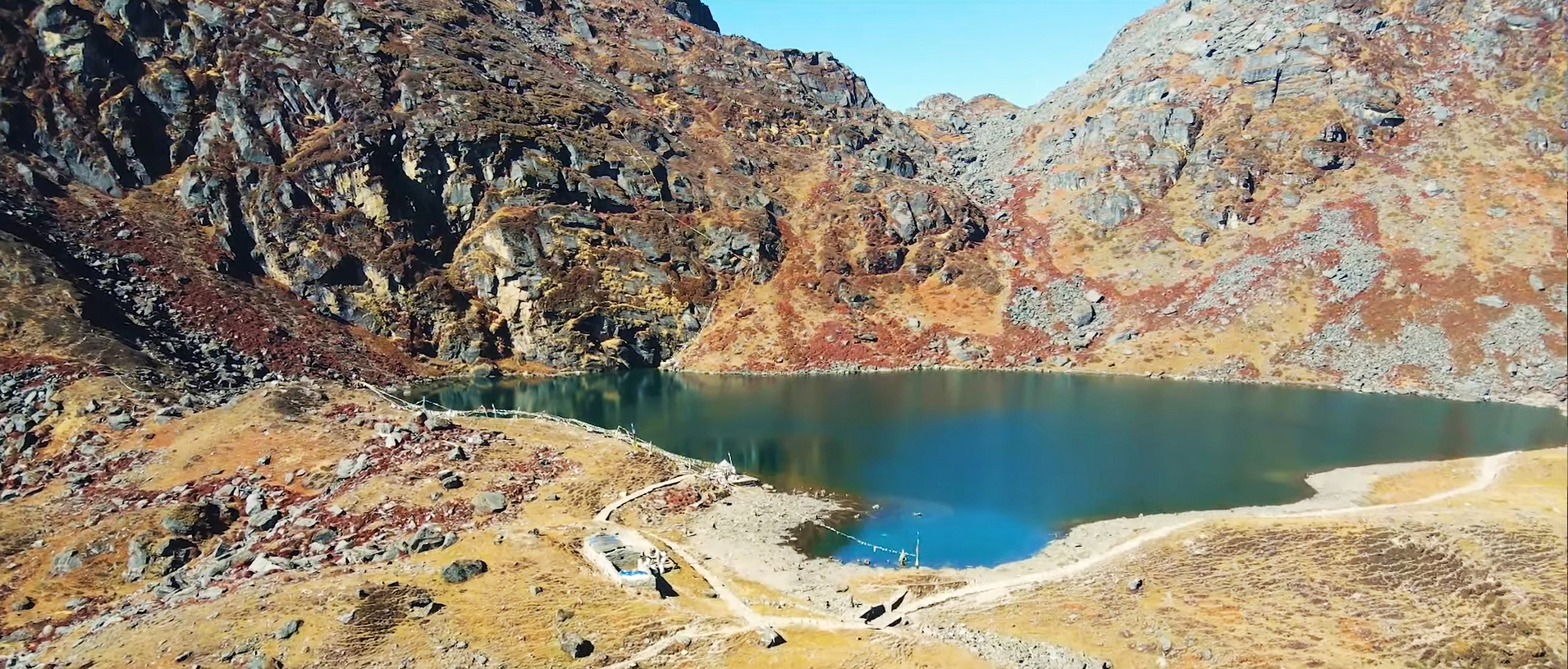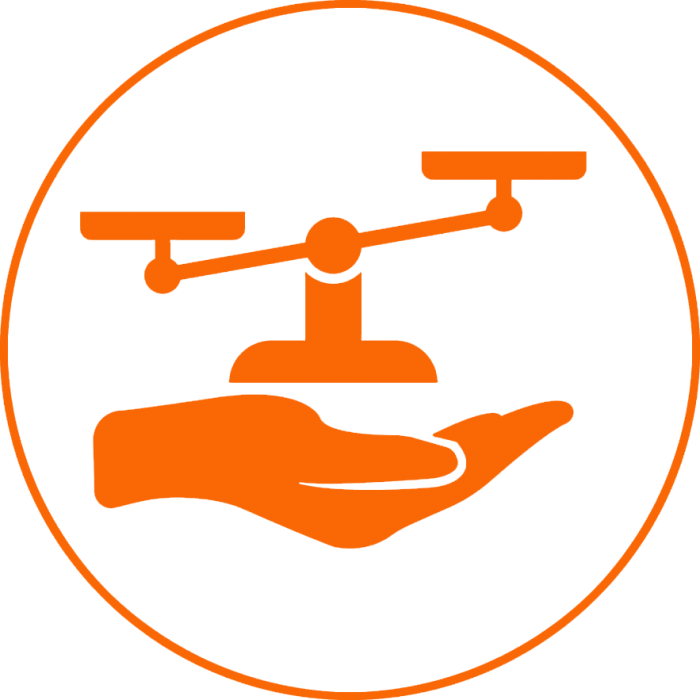Trip Overview
Introduction to Rolwaling Tashi Lapcha Pass Trek
The Rolwaling Tashi Lapcha Pass Trek connects both the Rolwaling Valley and the Khumbu region. This is a beautiful trip to the Everest region of Nepal. The Khumbu region of the Rolwaling valley is a part of the Solukhumbu District in the northeastern part of Nepal. The Khumbu region is the most popular destination for tourists.
Rolwaling Tashi Lapcha Pass Trek is a wonderful and challenging journey. Experience breathtaking views of the Himalayas on this remote trek. Challenge yourself by crossing a high Himalayan pass. A classic combination of mountain views, charming villages, and high mountain passes makes this place unique and vibrant.
Enjoy panoramic views of majestic peaks like Gauri Shankar, Mount Everest, and Dorje Lakpa. These stunning mountains add extra glory to the trekking trail. Gauri Shankar (7,145 m), which has religious significance for the Hindus, lies in front of this valley. The breathtaking beauty of the waterfalls, glaciers, and ancient monasteries has enhanced the beauty of the area.
You may like: The Tamang Heritage Trek, a 9-day Itinerary, package, and Cost Details.
Explore a hidden valley in Nepal.
The Rolwaling Valley is one of the hidden valleys situated between the quaint and majestic mountains covered by snow. As the locals have reported many times, the mysterious creature called Yeti lives in an area that looks like a human. Several researchers have studied this creature. However, many believe it still exists despite the lack of conclusive evidence
Sherpa culture, villages of the Khumbu region, mountain range, Buddhism, monasteries, and mani stones are the attractions of this Rolwaling Tashi Lapcha Pass Trek. This trek also takes you to the last village in the valley and allows you to explore the Yalung La region. There are magnificent glacier fields and a stunning glacier lake named Tsho-Rolpa.
If you want to take an alternative adventure trip to the Nepal Himalayas, you can do the Pachhermo peak climbing and the Tashi Lapcha Pass in this area. You can also extend your Everest Base Camp trek if you have more holidays. Overall, the trek is an exciting, off-the-beaten-path trek that is strenuous and requires good fitness, endurance, and the ability to travel.
Visit also: Annapurna Circuit Trek, 21 days full itinerary, cost, package
Trip Itinerary
Drive Kathmandu to Sigatte (1,020m) - 8 to 9 hours.
Sigatte to Jagat (1,250m) - 6 to 7 hours walk.
Jagat to Simigaon (2,025m) - 5 to 6 hours walk.
Simigaon to Donga (2, 800m) - 6 to 7 hours walk.
Donga to Beding (3,690m) - 7 to 8 hours walk.
Free day at Beding.
Beding to Na (4,185m) - 6 to 7 hours walk.
Free day at Na.
Na to Nyiduk Kongma (4,750m) – 6 to 7 hours walk.
Nyiduk Kongma to Drolumbau Glacier (5,205m) - 6 to 7 hours walk.
Drolumbau Glacier to Tashi Lapcha Pass (5,755 m) and descent to Camp at (5,460m) - 8 to 9 hours walk.
Camp to Thame (3,820m) - 6 to 7 hours walk.
Thame to Namche Bazar (3,440m) – 5 to 6 hours walk.
Free day at Namche Bazar.
Namche Bazar to Lukla (2,840m) - 7 to 8 hours walk.
Fly Lukla to Kathmandu – 45 minutes.
Why not list the price?
Each client's needs may be different. The price of the trip varies according to the size of your group and the service you want. The cost of the trip is calculated according to the type of service and accommodation chosen by our customers.
Each trip is customized to fit the client's needs and group size, so the price of each organized trip is different. Please let us know the service you want and the size of the group. We create trips to suit your taste and travel budget per your requirements. Hope you find our price calculation reasonable according to your needs and preferences.
Frequently asked questions about this trip
How difficult is the trek?
The difficulty depends on where and how long you want to trek. The short trek is easy while the long trek requires some physical fitness.
What is altitude sickness?
Altitude sickness is normally known as acute mountain sickness. This can happen when people rapidly climb up to an altitude of more than 3000 meters. We ensure minimal risk by adding rest to our trekking itineraries. Most people will feel some effects of altitude, some shortness of breath and possibly light headache, this is normal enough. Acute mountain sickness patients are quite different and usually have a serious headache, sickness, and lose awareness. In almost all possible cases there are sufficient warning signs to take action properly. Descending to a lower altitude is usually enough to prevent any further problems.
What type of accommodation is available during the trekking?
There are mainly tea houses and lodges available for trekking and they are usually made using local materials and are very comfortable. These accommodations are often family-run and usually provide single and double rooms. The dining room is on the ground floor and is often on fire. All food will be cooked in order in the family kitchen. Toilet facilities are sometimes separate and sometimes outside. Most lodges provide mattresses and blankets. It's a good idea to always have a sleeping bag, which can be useful, and perhaps an inflatable pillow.
How long do we walk every day on trekking?
Trekking programs are classified into three different categories: soft, moderate and hard. Soft treks are only about 7 days to 10 days in duration. They generally do not go above 4000 meters; you can expect to walk about 4-5 hours each day. Moderate treks are challenging enough and long treks that go to the high hill country. Physically exhausting, this involves trekking along the cliffs of the mountains for about 6-8 hours. Harder treks are longer treks that go farther away from the general abode of trekkers and tourists. These physically challenging treks involve walking for 7- 9 hours each day.
How much weight do I need to carry on the trek?
You carry some of your personal belongings, such as warm clothing, water, snacks, sun block, cameras and more. Generally, these items will be lightweight, from 5 to 10kg (10 to 20 pounds). Our porters are available for other heavy goods and for your information one porter would be sharing by two people. The maximum weight carried by one porter is total 20 kg. this means 10 kg. per person is allowed for the trek. In case if you wish to carry more than this weight then you need to hire additional porters.
What is the best time for trekking in Nepal?
October and November are considered as the best times for trekking in Nepal due to dry season. December and January are also considered good times for trekking but it is extremely cold at high altitudes.
Google Reviews
Guest reviews
We made it to Everest Base Camp on the 3rd of November!!! Myself and Dami Sherpa, who was the best company and always extremely helpful. Amazing hike and great experience! Fully recommended!

